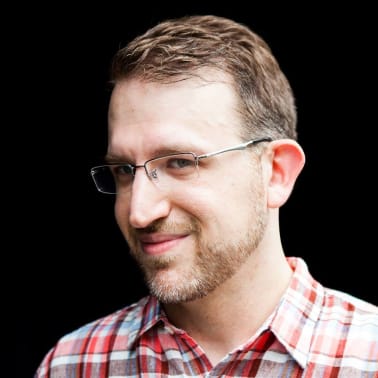The Six Layers of Art, a Personal Journey
How I Learned to Stop Worrying and Love the Craft
In “Understanding Comics”, Scott McCloud talks about a six-step path that the creation of art goes through.
(Just to side-step any philosophical debate on “what is art?”, he himself says “the creation of any work in any medium”, and I’ll rephrase that as “any creative endeavor”. As in any time you create anything. That’s what we’re going with here.)
These six steps on the path (or six layers — he uses both a path and and apple as metaphor) are
- Idea/Purpose
- Form
- Idiom
- Structure
- Craft
- Surface
Now, I’ve been into this book and this concept for a long, long time. I’ve told others about it. I’ve given out the book to other people, and whenever I get a new copy I immediately stick a bookmark in at this section. But something always felt a little off to me. Maybe it’s that I don’t think of myself as an “artist”, or an “ideas person”. It took me a while to fully realize that I feel like a craftsman. And it took longer for me to feel comfortable with that realization.
Our society, our culture, our field and industry supplies so many messages about the idea being the heart of the thing, the single person setting everything in motion — and this book follows along with that. McCloud talks about how most artists progress through the path from end to beginning, and seemingly places heavy importance on driving down, deeper from the surface and to the heart of the matter, coming up with the idea, pushing the form.
And I want to push back on that. Of course the idea and form are important, but so are all of the other layers. Structure is important in determining how the work will be composed, in editing and deciding what goes in and what stays out. Surface is how the work gets presented to others. And craft — well, craft is, in McCloud’s words, “constructing the work, applying skills, practical knowledge, invention, problem solving, getting the ‘job’ done.” That’s what I like. That’s where I live.
I find the craft comforting, and understandable. I find it straightforward — not necessarily simple, but without twists and turns. I find it to be something you can practice and get better at, honing your skills to be more effective and efficient, or gaining new skills to solve new problems or tackle old problems in new ways. I don’t know how to do all this with creativity, how to practice “coming up with ideas”.
There’s a connection here between my professional life as a software developer / consultant and my hobbies of woodworking and cross-stitching. With both of these, I again am strongly tied to the craft, and the act of making. I’m not trying to design new things. I’m not trying to create a new type of table, or draft my own pattern. I find something that needs to be fixed or a known thing to make, and I try to do it as well as I can, maybe fitting the measurements to the space I have. I’m not thinking of my own images to make out of cloth and thread, but buying a pattern and the materials, and making it as well as I can. I’m bringing the intangible into the tangible world.
And speaking of bringing something to fruition, think of all the times you’ve heard or thought about a good idea with bad implementation. That’s bad, right? It doesn’t matter how great the idea is if it isn’t done well. I’m not saying that we shouldn’t respect the idea, but that I think there’s more than enough said about that. I’m saying let’s honor and even celebrate the craft.
If you’re looking for a team to help you discover the right thing to build and help you build it, get in touch.
Published on March 10, 2023
